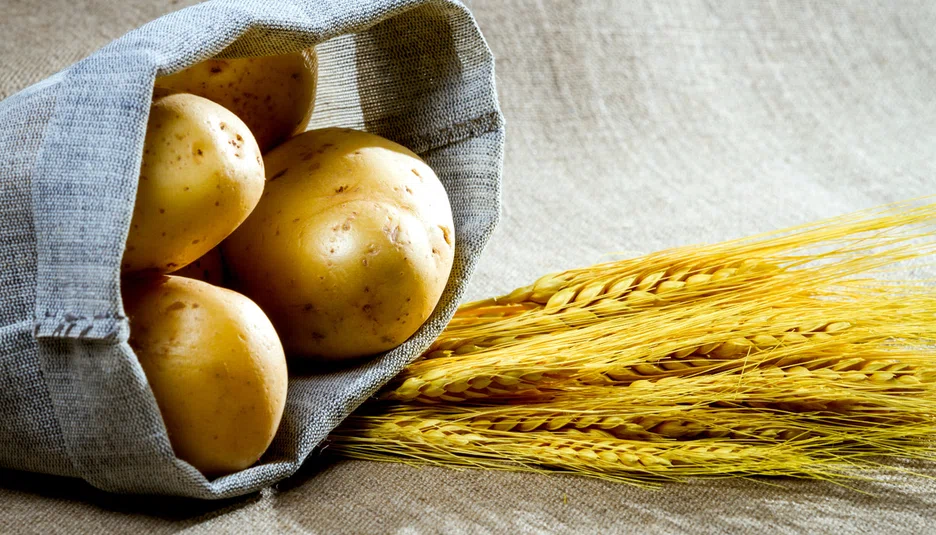© 2020 - 2025 POLAR BEAR VODKA. ALL RIGHTS RESERVED.
Privacy Policy |
Terms of Use |

Despite the fact that here in the US, Vodka is described as a “colorless, flavorless, odorless” beverage, it is much more diverse than it gets credit for. In recent years, with more and more cheap vodka matching that three word description filling the liquor store shelves, good vodka is harder to come by and more of a treasure to own.
What makes a vodka good though?
With the bad rap that vodka gets, new drinkers believe that they should come to expect a strong burning sensation with vodka. Seasoned drinkers know that that’s not the case.
What Makes a Vodka ‘Good’?
The ingredients in a vodka should contribute to the smoothness and overall feel and flavor of the drink. There are a handful of common ingredients used in vodka -- mainly potatoes and grains -- and each of them brings something different to the finished product. So, let’s go over a few of them.
Grain vodka
The Difference Between Potato vs Grain Vodka
The Difference Between Potato vs Grain Vodka
Potato vodka
Corn vodka
Grape vodka
Grass vodka
Most vodka is made from either grain or potato, but it can be eye-opening to try something new. Come on, expand your horizon a little.
And, while they aren’t included on the list, let’s not forget about the flavored vodkas out there. Flavored vodkas have a bad reputation, and usually induce mature drinkers to turn up their noses. However, in recent years, more and more high-quality flavored vodkas have been coming out.
So, now that you know the difference between the base ingredients of vodkas, you can be more informed on your next liquor store run. Each type of vodka will be better or worse for different people, and in different cocktails, so it may take some trial and error until you figure out which vodka you’re more inclined to. But hey, the trial and error part can also be the most fun.

